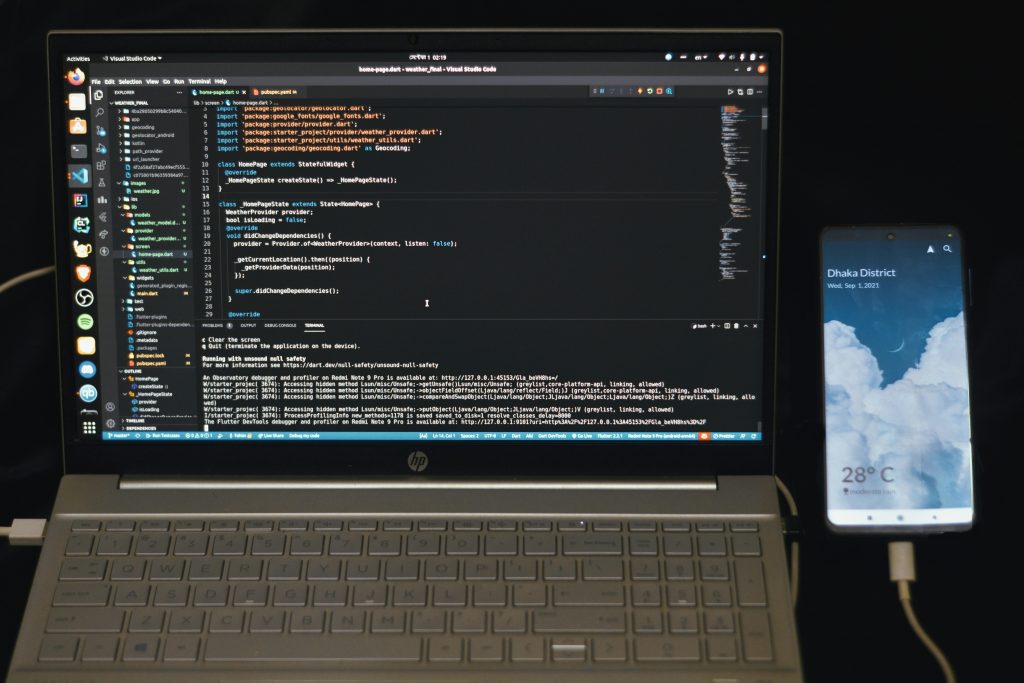How Low-Code/No-Code Platforms Are Changing Development
2 Democratizing Development
One of the most revolutionary aspects of LC/NC platforms is their ability to empower non-developers (often called “citizen developers”) to build applications without needing to write code.
1 No-code tools (like Bubble, Glide, or Zapier) use visual interfaces, drag-and-drop builders, and prebuilt components.
2 Low-code platforms (like OutSystems, Mendix, or Microsoft Power Apps) still require some coding but reduce the overall development effort.
Impact:
Business analysts, marketers, or other non-tech team members can prototype or even launch full apps, reducing reliance on overburdened IT teams.
3 Accelerating Time to Market
Low-code/no-code platforms drastically cut down development cycles.
1 Apps that might have taken months can now be built in weeks or days.
2 Prebuilt templates, components, and APIs mean less starting from scratch.
Impact:
Faster iteration and more agile responses to changing business needs or customer feedback.

4 Reducing Development Costs
By minimizing the need for large dev teams or long development timelines, LC/NC platforms can be significantly more cost-effective.
1 Fewer specialized devs required.
2 Easier maintenance and updates.
Impact:
Startups, SMEs, and even enterprises can save on resources while still innovating quickly.
5 Bridging the IT-Business Gap
These platforms allow business users to take the lead on application development while still giving IT the ability to monitor and control.
1 IT teams can focus on governance, integration, and security.
2 Business users handle the front-end or process-specific development.
Impact:
More alignment between what the business needs and what IT delivers.

6 Introducing New Security and Scalability Considerations
While LC/NC tools simplify development, they introduce challenges:
1 Shadow IT: Apps built outside of IT’s oversight can introduce security risks.
2 Scalability limitations: Some platforms may not handle complex, high-volume workloads well.
3 Vendor lock-in: Migration from one platform to another can be tricky.
Impact:
Organizations need governance policies and a clear platform strategy.
7 Shaping the Future of Software Roles
1 Developers are evolving into platform architects, integrators, and supervisors.
2 Product managers and designers can prototype interactively and iterate faster.
3 QA/testers can automate tests using built-in tools.
Impact:
The definition of a “developer” is becoming broader and more collaborative.
Final Thought
Low-code/no-code platforms won’t replace traditional development for complex systems anytime soon—but they are revolutionizing how we approach everyday business problems and rapid innovation. Think of them as tools for speed, empowerment, and experimentation.






